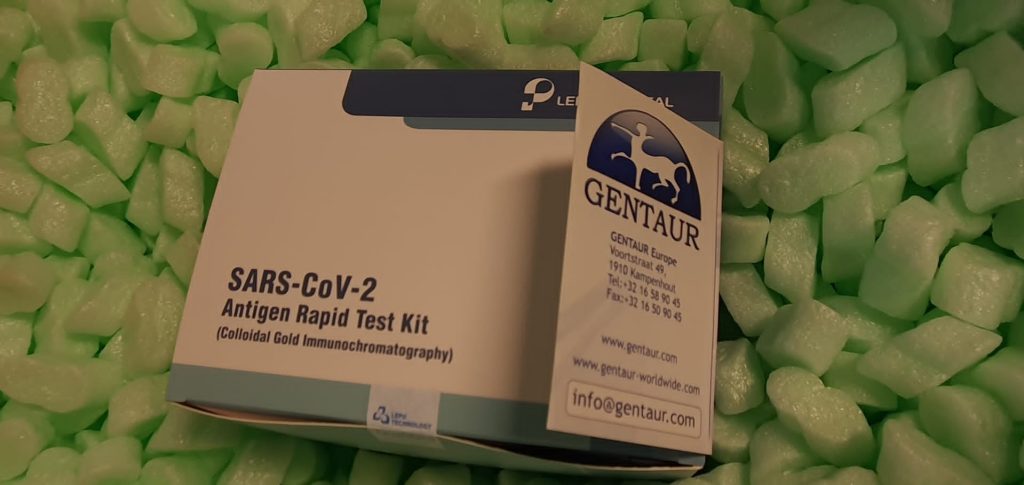The bacteriolysin lysostaphin (Lst) and endolysin PlyPH are potent modular lytic enzymes with exercise in opposition to clinically-relevant Gram-positive Staphylococcus aureus and Bacillus cereus, respectively. Both enzymes possess an N-terminal catalytic area and C-terminal binding area, with the latter conferring important enzyme specificity. Lst and PlyPH present diminished exercise within the presence of bacterial growth-supporting situations, similar to complicated media. Here, we hypothesize that Lst and PlyPH bind poorly to their targets in development media, which can affect their use in antimicrobial functions within the meals business, as therapeutics, and for management of microbial communities.
To this finish, binding of remoted Lst and PlyPH binding domains to focus on micro organism was quantified within the presence of three more and more complicated media – phosphate buffered saline (PBS), outlined development medium (AAM) and undefined complicated medium (TSB) by floor plasmon resonance (SPR) and circulate cytometry. Evaluation of binding kinetics by SPR demonstrated that PlyPH binding was notably delicate to medium composition, with 8-fold decrease affiliation and three.4-fold decrease dissociation price constants to B. cereus in TSB in comparison with PBS. Enzyme binding habits was according to the enzymes’ catalytic exercise within the three media, thereby suggesting that compromised enzyme binding might be accountable for poor exercise in additional complicated development media.
Adult skeletal muscle tissue harbors a stem cell inhabitants that’s indispensable for its capacity to regenerate. Upon muscle harm, muscle stem cells depart their quiescent state and activate the myogenic program in the end resulting in the restore of broken tissue concomitant with the replenishment of the muscle stem cell pool. Various elements affect muscle stem cell exercise, amongst them intrinsic stimuli but in addition indicators from the direct muscle stem cell setting, the stem cell area of interest. The isolation and tradition of single myofibers with their related muscle stem cells preserves most of the interplay of the stem cell with its area of interest and is, subsequently, the closest risk to review muscle stem cell performance ex vivo.
Here, a protocol for the isolation, tradition, siRNA transfection and immunostaining of muscle stem cells on their respective myofibers from mouse EDL (extensor digitorum longus) muscular tissues is supplied. The experimental situations outlined right here permit the research and manipulation of muscle stem cells ex vivo together with investigation of myogenic exercise with out the inherent want for in vivo animal experiments. Flow cytometry research indicated a lower within the binding-dependent fluorescent populations of S. aureus and B. cereus, for lysostaphin binding area and PlyPH binding area, respectively, in TSB in comparison with PBS.
Anti-protozoal exercise of Thymol and a Thymol ester in opposition to Cryptosporidium parvum in cell tradition

Biomaterials for corneal endothelial cell tradition and tissue engineering
The corneal endothelium is the posterior monolayer of cells which are accountable for sustaining general transparency of the avascular corneal tissue by way of pump operate. These cells are non-regenerative in vivo and subsequently, roughly 40% of corneal transplants undertaken worldwide are a outcome of harm or dysfunction of endothelial cells. The quantity of obtainable corneal donor tissues is restricted worldwide, therefore, cultivation of human corneal endothelial cells (hCECs) in vitro has been tried so as to produce tissue engineered corneal endothelial grafts.
[Linking template=”default” type=”products” search=”MC Cellufine A-500 medium” header=”2″ limit=”136″ start=”3″ showCatalogNumber=”true” showSize=”true” showSupplier=”true” showPrice=”true” showDescription=”true” showAdditionalInformation=”true” showImage=”true” showSchemaMarkup=”true” imageWidth=”” imageHeight=””]
Researchers have tried to recreate the present gold customary therapy of changing the endothelial layer with accompanying Descemet’s membrane or a small portion of stroma as assist with tissue engineering methods utilizing varied substrates of each biologically derived and artificial origin. Here we assessment the potential biomaterials which are at present in improvement to assist the transplantation of a cultured monolayer of hCECs.

